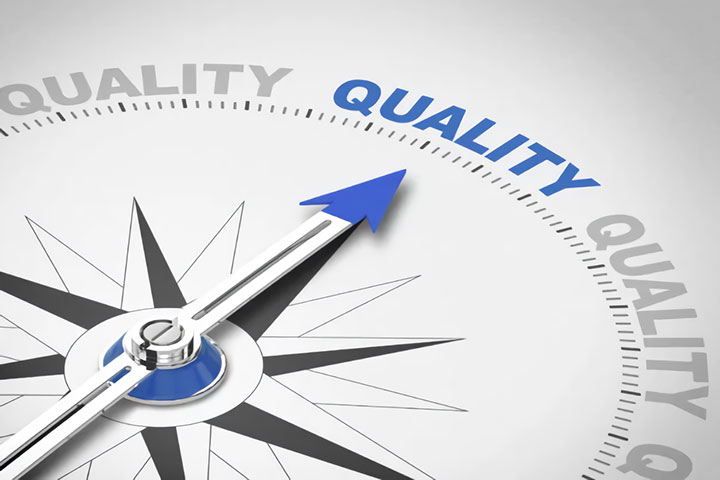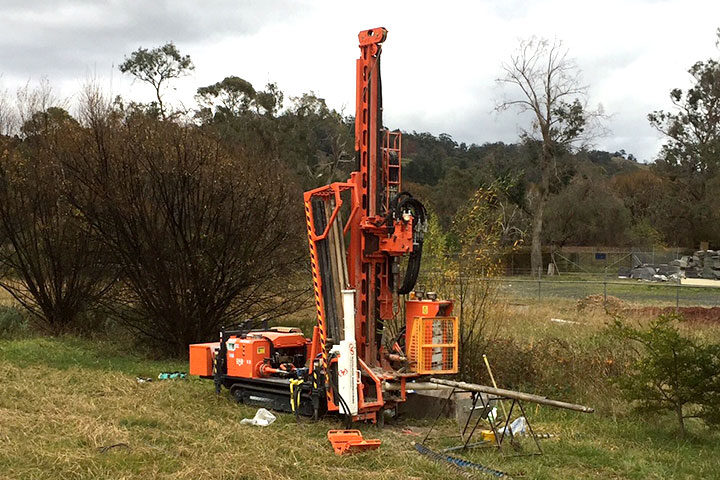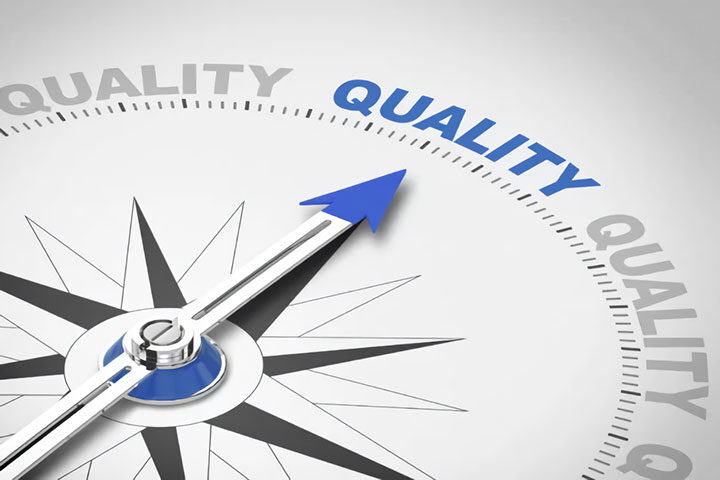
Diamond drilling is a way to provide accurate openings into structures considered to be more rigid. It’s meant to control levels of precision, and given what it’s made for, there can be some concerns about quality control.
This tool can help geologists map subsurface areas and simplify expeditions or other projects. Diamond drilling is a solution to lower or eliminate human error. While these tools can present some concerning areas of potential quality risk, quality assurance can help companies minimise those potential risks and other errors, increase safety, and save money.
Keep reading to ensure safety on your worksite by trying four of the most essential quality assurance methods.
Inspect the Equipment
So, what is diamond drilling? In short, it’s a type of core drilling. It’s able to form very precise holes, and it’s great for a variety of materials like concrete and even glass.
When diamond drilling, you want to make sure that your diamond drills are well maintained and checked regularly. This is especially important when the diamond drill has been used for a long time. Diamonds also lose their sharpness over time, so it’s important to inspect your tools for dull blades before starting a new project.
The reason for this is to reduce the chance of injury. This also helps to reduce the chance of damaging your equipment or negatively affecting the site. Overall, it’s a good way to increase and maintain quality control.
Ensure Proper Lubrication When Diamond Drilling
The main upside of doing this is to increase the longevity of your equipment. Aside from prolonging its life, lubrication reduces the buildup of heat. Doing this helps to reduce the risk of sparking a fire hazard or damaging equipment, or harming bystanders.
By complying with this form of safety, you are also lessening the chance that you would have additional site dangers or issues with personal injury. Lubricant helps to prevent friction, which preserves your drill bit and the material being drilled into.
The lubrication will help to block signs of fractures or unintentional melting. It will also prevent contamination of the borehole you create.
Check Your Power Sources and Lines
Prechecking for potential electrical issues is a good proactive tactic for any job site. There are a few things you can do to check power sources and lines before diamond drilling. Initially, check to make sure there aren’t any electrical issues such as loose wires, frayed cables, or previous signs of damage.
You will also want to be sure the power source is in good working order. Then, check that the cable is properly braced against the wellbore wall so it can’t be damaged by the drill bit. Your wellbore is the actual hole that you drill.
While you can case the wall of the wellbore to improve its stability, it would still be in your best interest to eliminate possible safety and structural risks. This will help to improve the recovery process of resources as well as onsite operations.
If one piece is out of commission, other parts may not work either. This can cause project delays and potentially waste money.
Keep In Mind That Blunt Blades Won’t Cut It
One of the most important safety tips is to assess the materials you are sourcing. The reason for this is to be aware of what you’re putting the blade to. Using a blade on certain materials when it’s not in its optimal condition could cause the blade to overheat or even cause the motor to burn out.
Ensuring your blades remain sharp can help to avoid this. You also want to avoid forcing the blade onto the material. Doing this can lead to the blade losing its sharpness faster.
Streamlining Your Project Results
To work through a productive project, you need streamlined solutions. Working with BG Drilling is the way to do that and with less of a headache. We work to provide state-of-the-art drilling technology to companies that need better results.
Now that you know more about quality control for diamond drilling, it will be simpler to make your worksite safer and more efficient. Reach out to our team today to get started with your next project.



